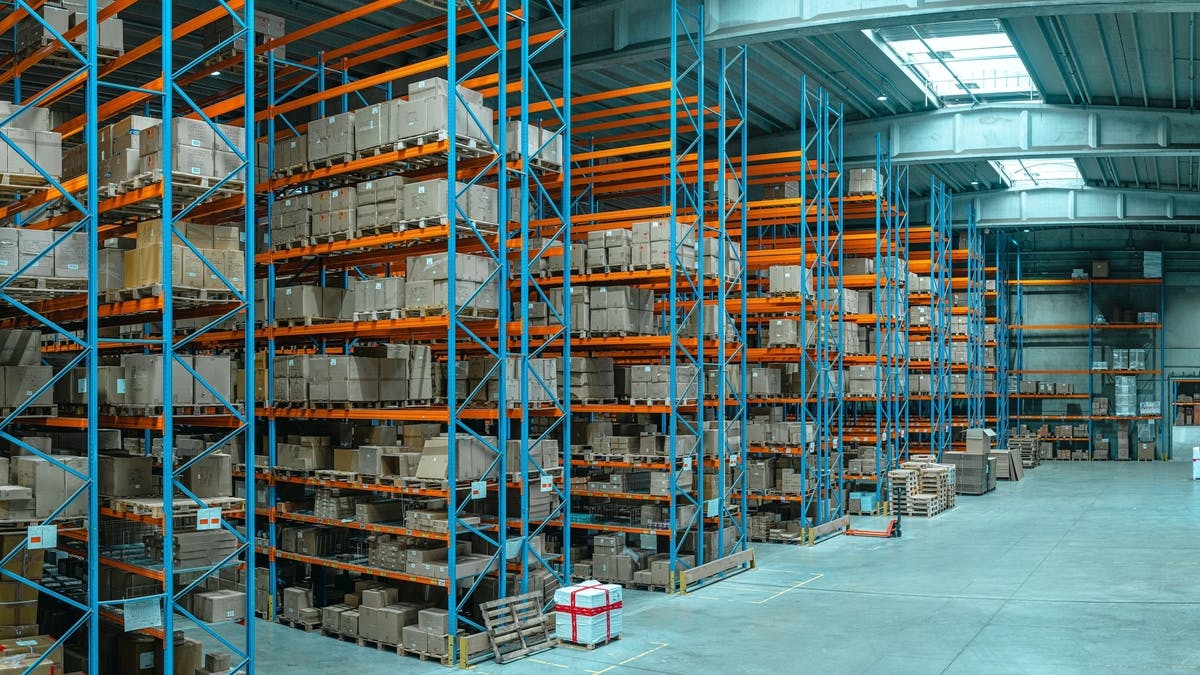The procurement landscape is vastly different today than it was even a few years ago.
What remains the same is that supply chain issues continue to plague Australian businesses. According to research by Economist Impact, sponsored by SAP, price volatility and production issues are the top reasons for supply chain disruptions.
Even before the pandemic, procurement teams were taking an increased role in tackling the most significant supply chain challenges. Business leaders realise there is an urgent need to empower procurement teams to address business problems they’ve never taken on before. This includes leveraging technology to provide new tools and resources.
What are the most significant challenges procurement leaders face today? In many ways, they’re the same ones that lead every CEO’s list. Let’s explore the top five.
Cost management
The effects of an economic downturn are hard to miss with issues such as inflation, recession, layoffs, and workforce shortages impacting different regions in different ways. This is inherently leading to more supply chain disruptions and rising energy costs, adding another layer of uncertainty.
In such an environment, businesses need to stay informed and be prepared for economic crises and potential risks. Proactive measures such as scenario planning and risk-focused strategies can add a level of preparedness.
C-suite executives know only too well the importance of resilience. Investing in technology can help. In fact, 85 per cent of companies globally have credited digital technology with helping improve agility and resilience.
Modern Slavery
Even now, 66 per cent of Australian companies are not compliant with the reporting requirements of modern slavery legislation. With the Labour government’s plans to overhaul the modern slavery regime, it has become even more critical for organisations to prepare for the transformation of business processes to address this, especially in their supply chain.
The starting point should be that of driving compliance and visibility into the supply chain. Businesses can rely on tech to enable this. Platforms like digital business networks can help organisations evaluate trading partners effectively against massive volumes of data. This will help businesses identify potential risks and make more informed decisions to comply with the legislation.
Climate Change
We’re surrounded by severe repercussion of climate change and natural disasters. Thus, environmental, social and governance (ESG) goals have never been as important as they are today. For the longest time, these goals were side-lined by businesses. However, business leaders have come to realise that while having ESG targets are important for humanity, but they can also provide a competitive advantage.
Many organisations are focusing on emissions. And while a significant number are reporting on Scope 1 and 2 emissions, the real goals are centred around Scope 3. Much like creating visibility into the supply chain will help control modern slavery, creating visibility into Scope 3 emissions will help drive ESG targets. Unfortunately, gaining that level of visibility deep within the supply chain is a huge challenge. First and foremost, it requires a high level of trust between buyers and suppliers.
Deglobalisation
Not long ago, globalisation was a dominant trend, and the breaking down of geographical barriers was only too apparent worldwide. While globalisation remains relevant, recent disruptions such as the pandemic, rising geopolitical tensions, ideological differences, and economic crises have strongly indicated a move away from globalisation. KPMG research suggests that more than six in ten global organisations expect their supply chains to be severely impacted by geopolitical tensions during the next three years.
For Australian businesses, this has meant a change in strategy to diversify – embracing nearshoring, onshoring, or friendshoring. Of course, overhauling a supply chain takes time and effort. Supply chain visibility is essential because it enables businesses to find suppliers that fit their nearshore, onshore, or friendshore profiles. As a starting point many organisations are spreading the risk by multi-sourcing across geographies. Yet here too visibility is extremely challenging. A 2022 McKinsey survey found that 45% of respondents “either have no visibility into their upstream supply chain or…they can see only as far as their first-tier suppliers.”
Skills shortage
Many industries have suffered at the hands of a severe talent crunch, and the procurement function is no exception. Many manufacturing organisations have already faced disruptions in the supply chain due to a shortage in workforce.
To cope with the changing demands in procurement, many organisations have begun to rely on the external workforce. An Economist Impact report commissioned by SAP found that 38.4 per cent of businesses want to increase their use of external labour modestly. Having access to external workers allows organisations to add sought-after skills to their teams, while avoiding the complexities of employing someone formally. Besides, skill sets in critical areas like IT and digital technologies are essential to unlocking supply chain efficiency and innovation.
As businesses look to navigate their growth in the next decade, it is important to have a practical and strategic approach. The list offered here is by no means exhaustive. But it does provide a starting point for any organisation’s risk mitigation strategy. A planned approach will help any business survive in a volatile market.
Keep up to date with our stories on LinkedIn, Twitter, Facebook and Instagram.

